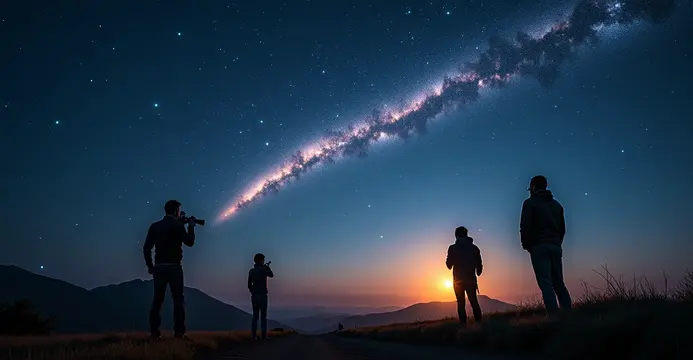
Lunar Interference During Peak Nights
NASA reports that the 2025 Perseid meteor shower's visibility will be significantly reduced due to a bright waning gibbous Moon during its peak nights of August 12-13. Typically producing 40-50 meteors per hour under dark skies, this year's display may only yield 10-20 visible meteors hourly as moonlight washes out fainter streaks.
Optimal Viewing Strategies
Despite lunar interference, the best viewing window occurs between midnight and dawn, particularly 2-3 AM local time. NASA meteor expert Bill Cooke recommends seeking dark rural locations with expansive sky views while avoiding direct moon observation. "Look anywhere but at the Moon," advises Cooke, to maximize meteor visibility.
Cosmic Origins of the Perseids
The annual shower originates from debris left by comet 109P/Swift-Tuttle, last visible from Earth in 1992. As Earth traverses this debris field during its solar orbit, particles ignite in our atmosphere, creating luminous trails. Named after the Perseus constellation from which they appear to radiate, the Perseids have been documented since antiquity.
Historical Significance
Historically known as "Tears of Saint Lawrence" in Christian tradition, the shower peaks near the August 10 feast day of the 3rd-century martyr. Early Roman cultures associated the meteors with fertility god Priapus before Christian reinterpretation transformed the cosmic phenomenon's cultural significance.

 Nederlands
Nederlands
 English
English
 French
French
 Deutsch
Deutsch
 Espaniol
Espaniol
 Portugese
Portugese



